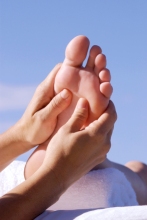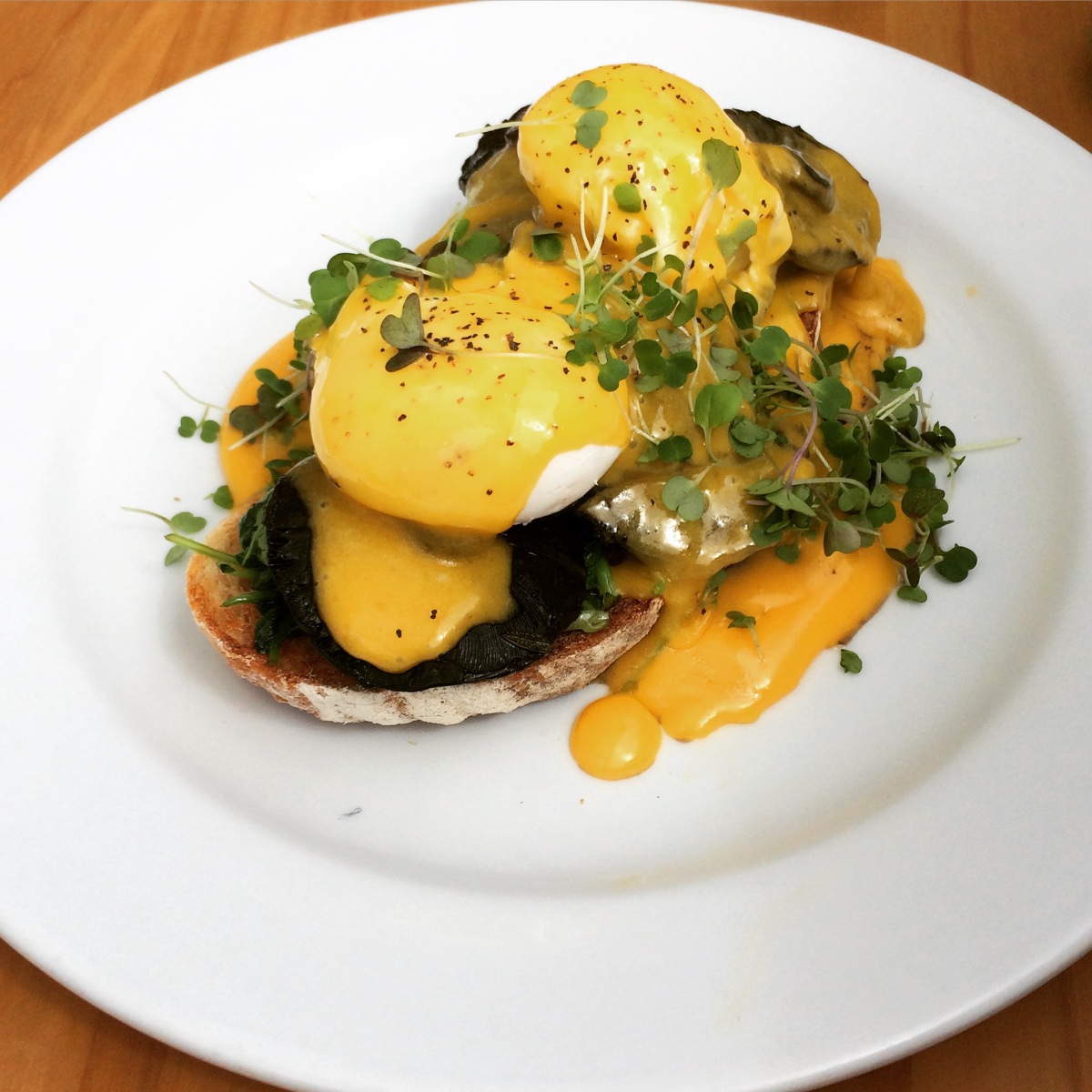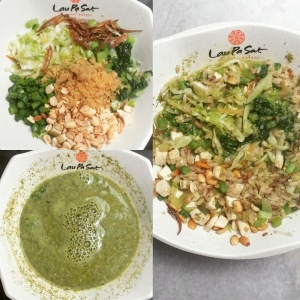If I were to ask you “what do you need to do to lose weight?’ I think you would be able to tell me several things that you need to do in order to achieve this. But why is it that most people do not actually carry out the things required to make a long-lasting change? I am going to give you my top 5 behavioural tips that will help you achieve your weight loss goal. They require effort but with persistence they will become habit with much less effort needed.
Only recently I was at the gym and I weighed myself. I was 55kg and I had a moment of reflection and just thought “I’ve come along way”. In University I used to weigh from 60kg up to 63kg at my heaviest. I still had a healthy BMI but I was very unhappy with my figure. I was always dieting and I would lose weight for a while but I could never sustain it and I’d regain the weight I’d lost. No, I didn’t find the perfect diet that we are all striving for but as I started to learn more and more about nutrition my mind set changed. I started to view food in a more positive light and I started to make small changes that over time has got me to the point where I don’t obsess about my weight and when I do gain weight, for example at Christmas or on holidays I know that once I get back into my normal routine I will easily lose this weight again. This is mainly because I’ve made behavioural changes. I know I’m not perfect and I still want to get leaner; your goal may be quiet different to mine but this is what continues to help me achieve mine and it can also work for you.
- Realistic Goal:
Do you want to drop 5kg in two weeks or would you like to drop 10kg over 3 months? Losing 5kg in 2 weeks means severe diet restriction with the likelihood of regaining all the weight lost. This situation is something I see time and time again and of course I have done this myself in the past! A client or someone I just meet tells me how they were doing so great and lost weight but after the holiday or wedding they regained the weight and even gained more weight. They share their so close but so far moments and often have feelings of shame or guilt for not keeping up with it. The problem with this strategy is that at the start of the diet you are motivated and even enjoy the food you are eating. But after a little while motivation may dwindle, you become bored with the limited food choice and your battle with hunger wins. You are really setting yourself up for failure and there will be hunger pangs, tiredness and maybe even dizziness. This is something that diet magazines or new wonder diets that promise 5kg weight loss in 14 days do not tell you! The other important thing here is that all those dramatic changes you made just cannot be sustained because they are just not habits yet. We only continue with things in the long-term that become a habit. Whereas a goal of losing 10kg over 3 months is more achievable as you can do it without severe restrictions. There will be changes but these can be made more gradually and once they become habit it will mean you are more likely to keep the weight off in the long-term.
- SMART Changes:

SMART changes follows on from realistic goals. SMART changes mean you decide on some actions that will help you achieve your main goal. These are like mini goals that are Specific, Measurable, Attainable, Realistic (and relevant) and Timely. I’ll give you an example, I could say “I’m going to eat healthier”. But there is no plan in place here; I need to know how I am going to do it. I must specify what I am going to do, how often and for how long I am going to do it for, and I need to make sure it’s attainable and realistic so it can become a habit. So instead, one of my SMART goals could be “I am going to make sure I cover half my lunch and dinner plate with vegetables Monday to Saturday”. This way you become accountable and can monitor how you are doing on a weekly basis. If you want to lose weight and keep it off then this is the way to go. Once you have the first three SMART changes made and you are comfortable with them you can add on more. This way you are starting to accumulate good habits and over time these pay off. Also if you have an indulgent day once in a while you can try to include at least one of your changes in that day as a way of still feeling confident in knowing that tomorrow you will get back to normal! It’s a bit like training for a marathon you do not just become a runner overnight, you need to have small goals that over time makes you fitter and capable of running longer distances.
- Portion Size:
This may sound so basic but even if you start to include more healthy foods into your diet you will not reduce your body weight if you are eating large portions. We all need slightly different portion sizes based on our own metabolism (taking into account lean body mass, height and weight etc). It sometimes frustrates me that my boyfriend can eat and needs a much larger portion than me, but that’s just the way it is and I need to work with this. Things that help me include using a smaller plate, smaller lunch containers and sometimes when I use a spoon I opt for a teaspoon instead of a tablespoon. This is so simple but it works. It is all about perception..!
The other aspect of portion size is food shopping. Unless you are someone who can eat one chocolate biscuit and leave it at that, then you should only buy snacks/treats in a small portion as and when you really want them. Do not be tempted to bulk buy because you are saving money or you think you’ve got it right this time and will not want any more than one at a time. More often than not you will eat them all in a short space of time and you may even start to think to yourself “I just want them gone so I can start eating healthy again”. This is something I’ve heard and done myself all too often. Why create temptation for yourself?
- Use your Higher Brain Center:

Sometimes I get a craving for a chocolate bar or something along that line; instead of just going along with my craving I try to assess why am I craving this now? Is it because I just seen an advertisement on TV or am I stressed with something? Sometimes we just do things without truly thinking and go on autopilot. This is helpful when driving a car but not when you have created unhelpful habits over the years. Have you ever eaten three too many biscuits and then immediately afterwards have feelings of regret and say to yourself “why did I do that?” Our emotions sometimes overrule our logic. When we try to assess these emotions or instincts we are bringing in our pre-frontal cortex which is important for rational thought, free will and assessing the consequences of our actions. Depending on how strong the craving is I’ll say to myself “Ok I can have this tomorrow if I really want it” or if it’s a really strong craving I’ll say “Ok, if I’m still feeling like this in 10 minutes I’ll have it”. This usually work but sometimes I still want that chocolate bar after the 10 minute period and I have it but over time it has become less and less frequent.
- Non Food Rewards:

Stop using food as a reward. Instead swop your food rewards to ones that are helping to create a better you or at least not contradict your weight loss goal! My favourite is booking a massage or a facial but simple things like allowing yourself time to read a book, watch your favourite series, a new film or a match, hang out with some good friends or just go for a leisurely stroll. This also applies to your children. Telling your child that he or she can have sweets if they are good is creating associations that being good means they deserve to eat sugary sweets. Later, in adulthood when you feel like treating yourself you turn to these sugary treats. This is really setting up unhelpful habits. I know it is easy for me to say and sometimes when you’ve exhausted all other options you may end up using this but just try to limit it to when you really have no other options or at least use a healthier alternative like a piece of fruit as the reward.
My last bit of behavioural advice is to believe in yourself and in the words of Mahatama Gandi
“Your beliefs become your thoughts,
Your thoughts become your words,
Your words become your actions,
Your actions become your habits,
Your habits become your values,
Your values become your destiny.”
I hope you enjoyed the read, please like my facebook page https://www.facebook.com/Ourfoodkarma for more updates and interaction!












